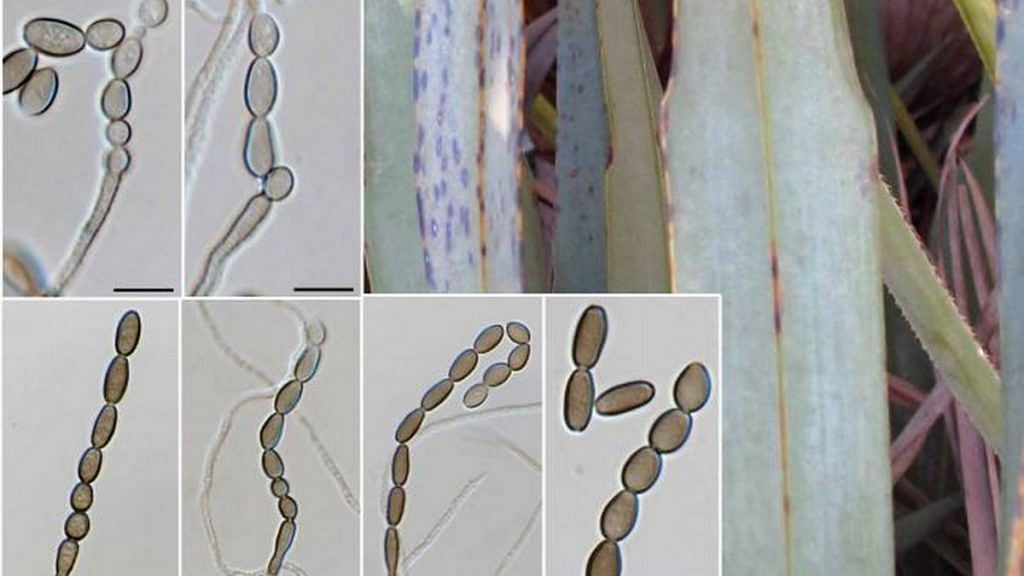Bengaluru: Two new fungal species discovered in the Netherlands and the US have now been given names inspired by the pandemic.
Mycologists have named the one found in Netherlands as Diabolocovidia claustri and the one found in the US is being called Lauboulbenia quarantanae, both names reflecting the pandemic’s impact.
Pedro Crous, from the Westerdijk Fungal Biodiversity Institute in Utrecht, and his research collaborators discovered Diabolocovidia claustri when they came across what seemed like “leopard spots” on saw palmetto leaves (a type of fan-shaped berry palm that is used as a herbal remedy).
These turned out to be not just a new species but an entirely new genus, now named Diabolocovidia or “devilish Covid“.
A co-author in Crous’ team, forest pathologist Jason Smith, said finding the new species wasn’t hard, and that it simply grew near old leaves he had found lying around.
The finding, he added, also indicated that there may be new discoveries to make among fungi species as most have remained unnamed.
This discovery in the Netherlands was published as a part of an international collaborative additional to the fungal database, with over 50 other new species. The study was published in the journal Persoonia.
Also read: 32 bat species identified in Uttarakhand, 9 of these recorded for first time in the world
Fungus that looks like ‘tiny, warped bananas with antlers’
The other new species, Lauboulbenia quarantanae, presented in a second paper, fits into an existing genus. Purdue University biologist Danny Haelewaters and Miese Botanic Garden’s (Belgium) mycologist André De Kesel discovered the new microscopic Laboulbenia fungus by spotting it twice on a ground beetle.
The study was published in the journal MycoKeys. The authors have described the new fungus as “tiny, warped bananas with antlers“. The quarantanae unusually reproduces sexually.
Also read: Scientists identify chemical that makes locusts swarm, say it can help tackle pest plague
